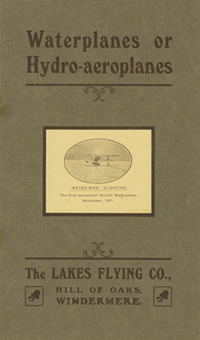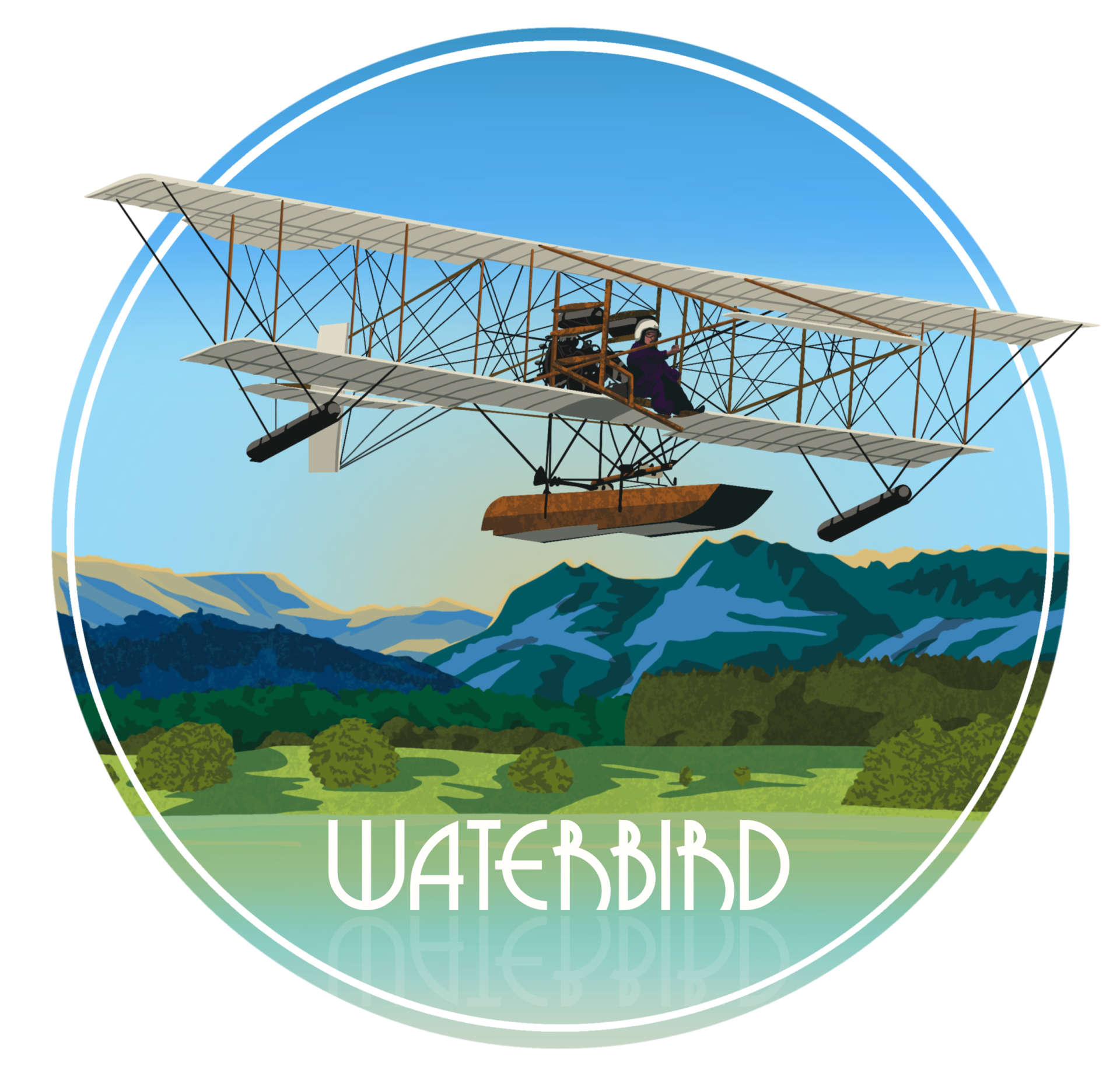Hill of Oaks

For a map depicting the location of Hill of Oaks, please click here
Having publicly declared in October 1909 his intention to have an aeroplane fly from water, at a time when nobody in the world had successfully done so, Edward Wakefield‘s first task was to have a hangar built at Windermere.
Wakefield selected Hill of Oaks as the site, on the south-eastern shore of the lake, designed a new access road through Haws Wood and obtained planning permission on 24 January 1911. The hangar was 50 feet square and built by George Frederick Martindale of Kendal, to Wakefield’s specifications.
This photo is of the hangar prior to completion of the floor – Wakefield is standing. This photo is after its completion.
After weeks when the weather was not suitable for flying, on the morning of 25 November 1911 the lake was calm. Herbert Stanley Adams taxied out Waterbird from Hill of Oaks, having first checked that Oscar Gnosspelius was not making his expected attempt at flight from Bowness Bay. With the benefit of a gentle wind which had begun to blow, Adams made the historic flight. He reached a height of about 50 feet and continued towards the ferry, where he made a wide turn before returning to alight at Hill of Oaks. The difference to previous attempts to take off was that a second ‘step’ had been added to the stern of the float. This photo was taken from Hill of Oaks.
The Admiralty took an early interest in Windermere. On 20 January 1912, Lieutenant (later Air Chief Marshal Sir) Arthur Longmore test-flew Waterbird for the Admiralty. Also, on 23 January 1912, in a paper entitled ‘The Development of Naval Aeroplanes and Airships’, Rear-Admiral (later Admiral Sir) Ernest Troubridge, Chief of Staff, proposed the Bristol school or Wakefield hydro-aeroplane school to train those pilots that cannot be received at Eastchurch at present’.
By June 1912, a second hangar was built with a workshop, at a greater height above the lake than the first so as to give protection from flood. This photo shows the back of the first 2 hangars.
This drawing by Clifford Fleming-Williams in 1915 also shows a shed to the rear.
Later additions included a twin hangar to the south in 1916 with a frontage of 120 feet and a depth of 80 feet, also a cafe building and a dormitory block of 20 bedrooms.
The Admiralty awarded a contract to train pilots, and in May 1916 requisitioned the seaplane school which was the first in the UK having been established in 1911. The headquarters of the Royal Naval Air Service at Windermere were relocated from Cockshott.
RNAS Unit Hill of Oaks changed its name to RNAS Windermere upon becoming an all-service school by the end of June 1916, and operated until the end of June 1917.
Red Wheel
A Red Wheel of the National Transport Trust and an interpretation panel were installed in 2023, adjacent to the boathouse named after Waterbird.
– The site remains in ownership of the Wakefield family, through Lake District Estates Ltd, to whom we are very grateful for their support.
